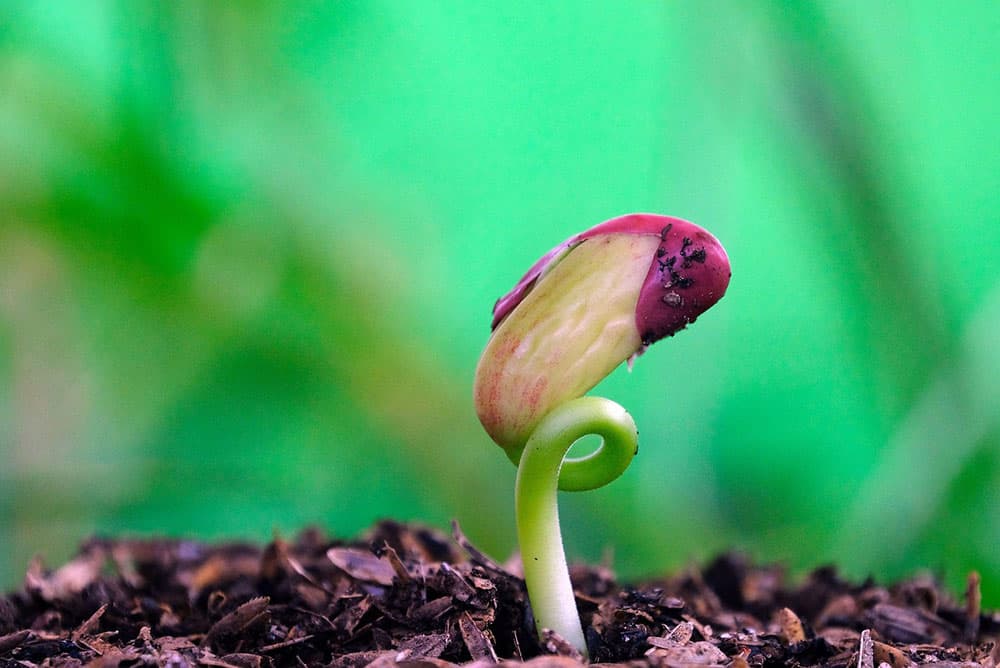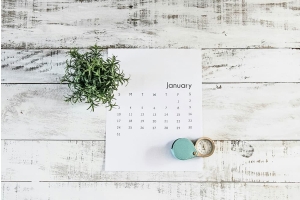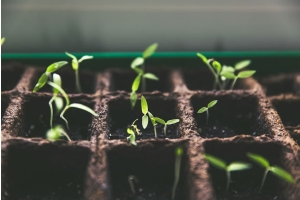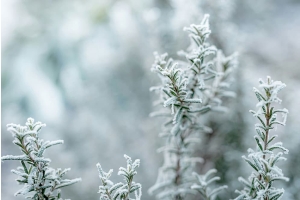Seed Starting 101: Germination Tips

Starting seeds indoors is a fantastic way to get a head start on the growing season. Whether you're a beginner or a seasoned gardener, understanding seed germination and propagation techniques is key to raising strong, healthy plants. In this guide, we'll explore the best methods for seed starting, including choosing the right seed starting mix, using seed starting trays, and setting up an optimal growing environment.
Understanding Germination: The Magic of Life
What is germination? Simply put, it's the process by which a seed sprouts and begins to grow into a plant. It's a delicate process influenced by several key factors:
- Moisture: Seeds need moisture to activate the enzymes that trigger growth.
- Temperature: Each seed has an optimal temperature range for seed germination.
- Oxygen: Seeds need oxygen to respire and fuel the germination process.
- Light (Sometimes): Some seeds require light to germinate, while others prefer darkness.
Choosing the Right Seed Starting Supplies
Success in seed starting relies on selecting the right materials:
Seed Starting Mix
A high-quality seed starting mix is crucial for healthy seedling development. Unlike regular garden soil, seed starting mixes are lightweight, well-draining, and free from pathogens that could harm young plants. These mixes provide the ideal environment for seeds to germinate and roots to establish. It's advisable to use a sterile, soilless mix specifically formulated for seed starting to minimise the risk of disease.
Seed Starting Compost
A good seed-starting compost is typically a fine-grade compost that's been screened to remove large particles. It provides nutrients and helps retain moisture. Check out our grow bags for an easy, practical and efficient solution for growing seedlings.
Seed Starting Trays
Seed starting trays with individual cells are popular as they allow for better root development and make transplanting easier. Ensure that the trays have drainage holes to prevent waterlogging, which can lead to root rot. Options include standard trays, plug trays, and even biodegradable options.
Seed Starting Kits
For beginners, our seed starting propagation products are a great option to create the perfect environment for your seeds and cuttings to thrive. Our range includes seed trays with and without lids, hotboxes and switches, providing everything you need to get started.
Step-by-Step Guide to Seed Germination
- Prepare Your Seed Starting Mix: Moisten your seed starting mix or seed starting compost before filling your seed starting trays. The mix should be damp but not soggy.
- Sow Your Seeds: Follow the instructions on your seed packet for proper planting depth. Generally, smaller seeds should be sown on the surface, while larger seeds should be planted slightly deeper.
- Water Gently: Water your seeds gently using a spray bottle or watering can with a fine rose. Avoid overwatering, which can lead to fungal diseases.
- Provide Warmth: Maintain a consistent temperature within the optimal range for your chosen seeds. A bench heat mat can be helpful, especially for seeds that require warmer temperatures.
- Provide Light (If Needed): Once seedlings emerge, provide them with adequate light. A grow light is ideal, but a sunny windowsill can also work.
- Monitor Moisture Levels: Keep the seed starting mix consistently moist but not waterlogged. Check daily and water as needed.
- Thin Seedlings (If Necessary): If multiple seedlings emerge in a single cell, thin them out, leaving only the strongest seedling.
Tips for Successful Seed Germination
For the best results, always use fresh seeds, as they lose viability over time. Soaking seeds in water for 12–24 hours before planting can improve germination, especially for those with hard coats. Ensuring good air circulation is also important, as it helps prevent fungal diseases. Lastly, label your seed-starting trays clearly so you can easily keep track of what you're growing.
Troubleshooting Germination Problems
- No Germination: Possible causes include old seeds, improper temperature, overwatering, or underwatering.
- Damping Off: This fungal disease can kill seedlings quickly. Ensure good air circulation and avoid overwatering.
- Leggy Seedlings: This is caused by insufficient light. Provide more light or move your seedlings closer to the light source.
Propagation: Taking Your Seedlings Further
Propagation is the process of multiplying plants from seeds, cuttings, or division. Once your seedlings are strong, it's time to harden them off before transplanting outdoors. Gradually expose them to outdoor conditions to prevent transplant shock. For successful seed propagation:
- Use a propagation dome to maintain humidity and warmth
- Consider a heat mat for seeds that require consistent warmth.
- Ensure sufficient air circulation to prevent mold and damping-off disease.
Where to Find Seed Starting Supplies
By understanding the principles of germination and utilising the right tools and techniques, you can successfully start seeds indoors and enjoy a thriving garden. For a comprehensive selection of propagation equipment, seed starting trays, and other horticultural supplies, visit LBS Horticulture today for further growing tips and advice. Happy gardening!





